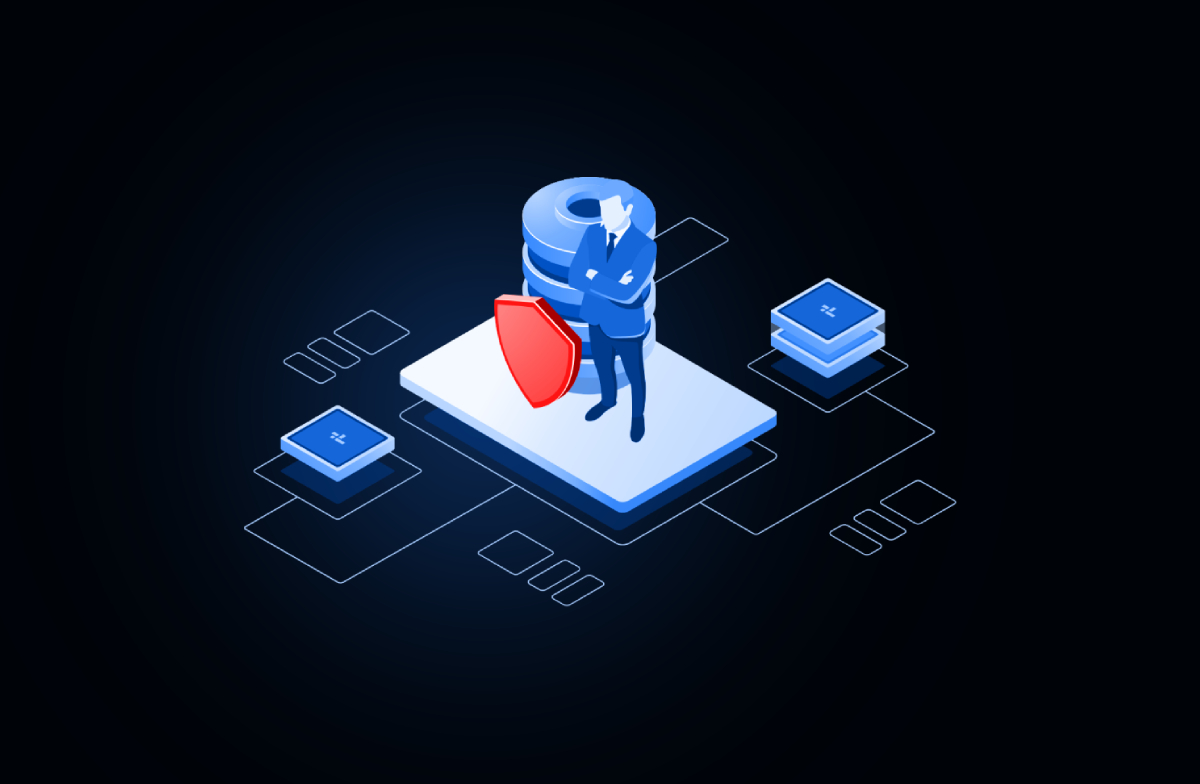
The Human Factor in Cybersecurity: Why Employees Are Your Strongest (and Weakest) Link
Introduction
When businesses think about cybersecurity, they often picture firewalls, encryption, or antivirus software. But in reality, the majority of breaches stem from human error — phishing clicks, weak passwords, or mishandled data. In 2024, the most forward-thinking businesses are treating employees not just as risks but as their first line of defense.
Why Employees Are Targeted
- Phishing emails trick staff into giving away credentials.
- Social engineering exploits trust and company culture.
- Credential reuse across work and personal accounts creates risk.
The Cost of Human Error
According to recent studies, over 80% of cyber incidents involve a human element. For small and midsized businesses, even one mistake can mean ransomware downtime, legal liability, or lost client trust.
Turning the Weakest Link Into the Strongest Defense
- Continuous Training, Not Annual Checkboxes
Move beyond yearly modules. Deliver bite-sized, scenario-based training every month. - Simulated Attacks
Phishing simulations build real-world resilience. Employees learn by practicing. - Clear Reporting Channels
Encourage staff to report suspicious activity without fear of punishment. - Passwordless Authentication
Reduce reliance on passwords — adopt biometrics or MFA.
Technology + People = True Security
Tech tools like endpoint detection and AI-driven monitoring are essential, but without an alert workforce, they’re incomplete. The strongest security strategies combine people, processes, and technology.
Conclusion
Employees can be your biggest risk or your strongest shield. By investing in continuous education and aligning tech with human behavior, businesses can transform their workforce into a security asset in 2024 and beyond.


